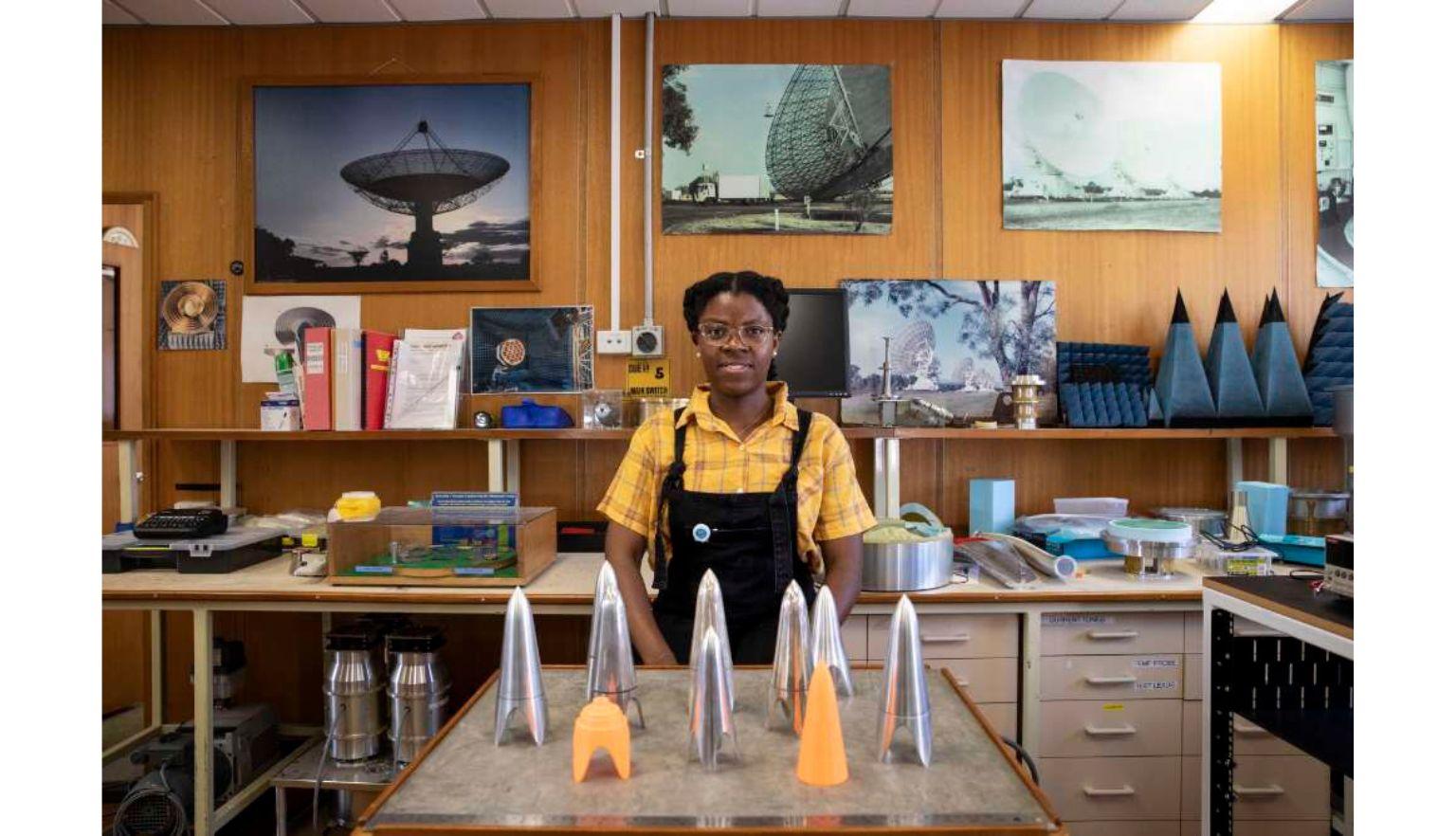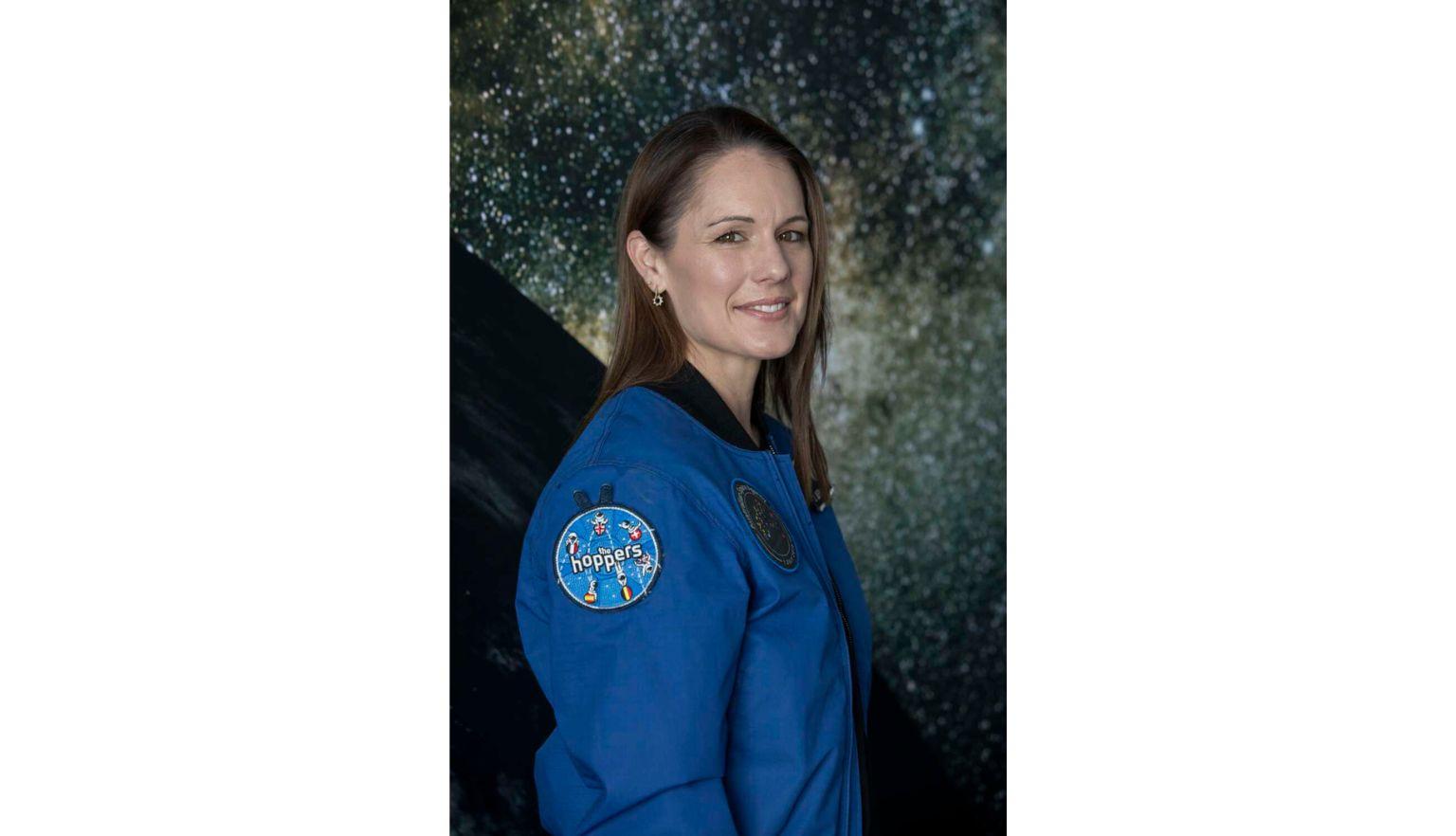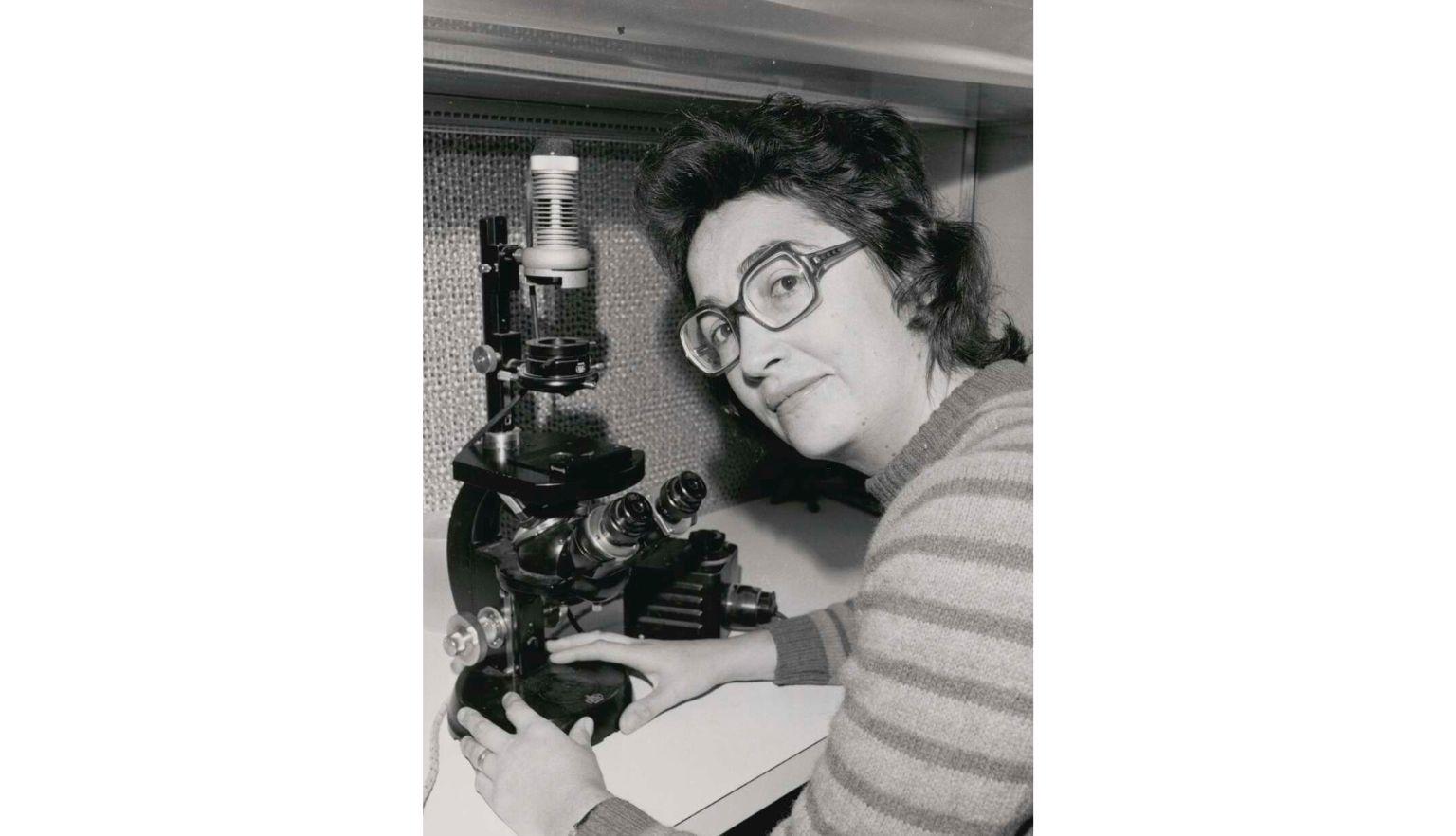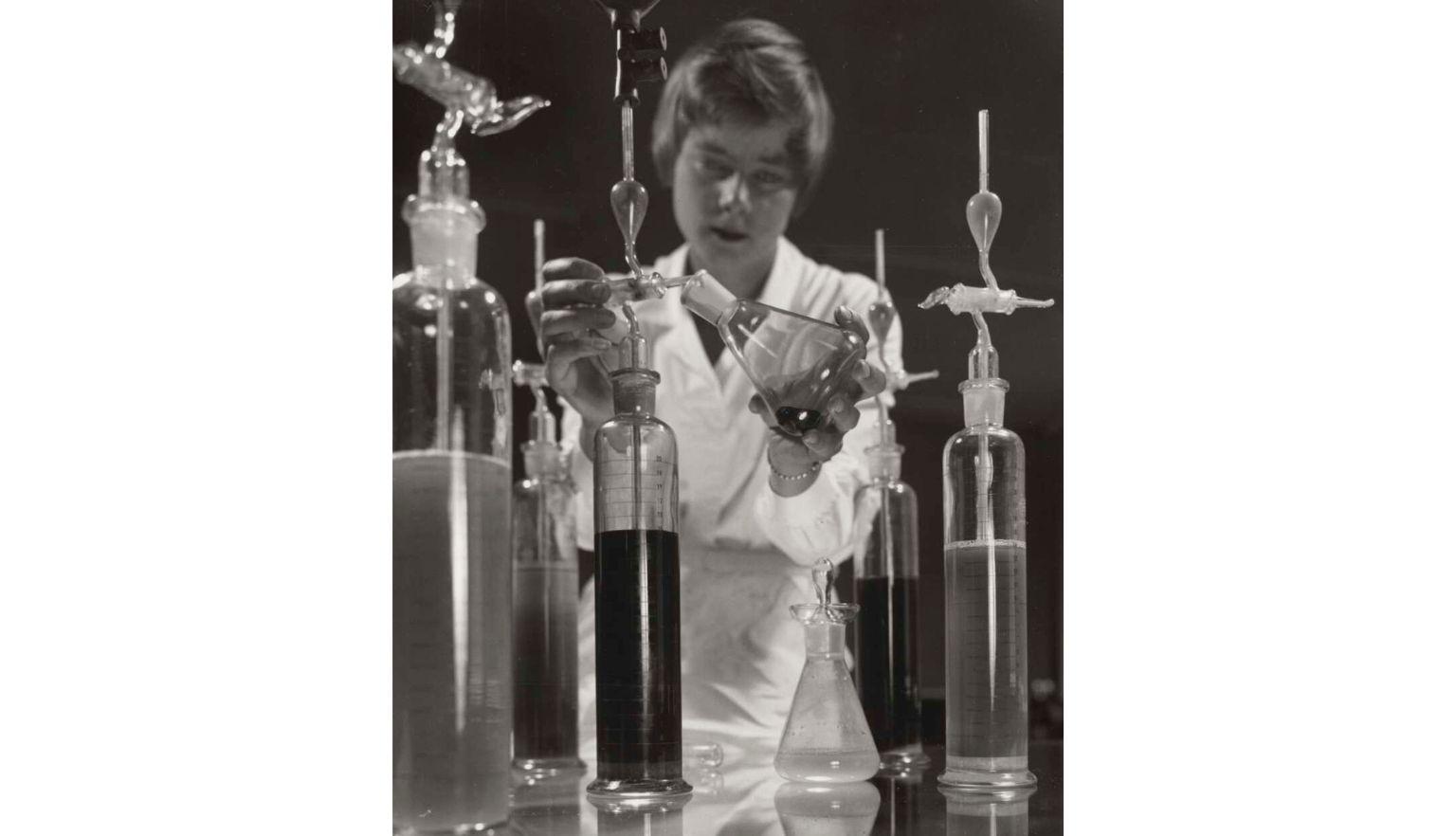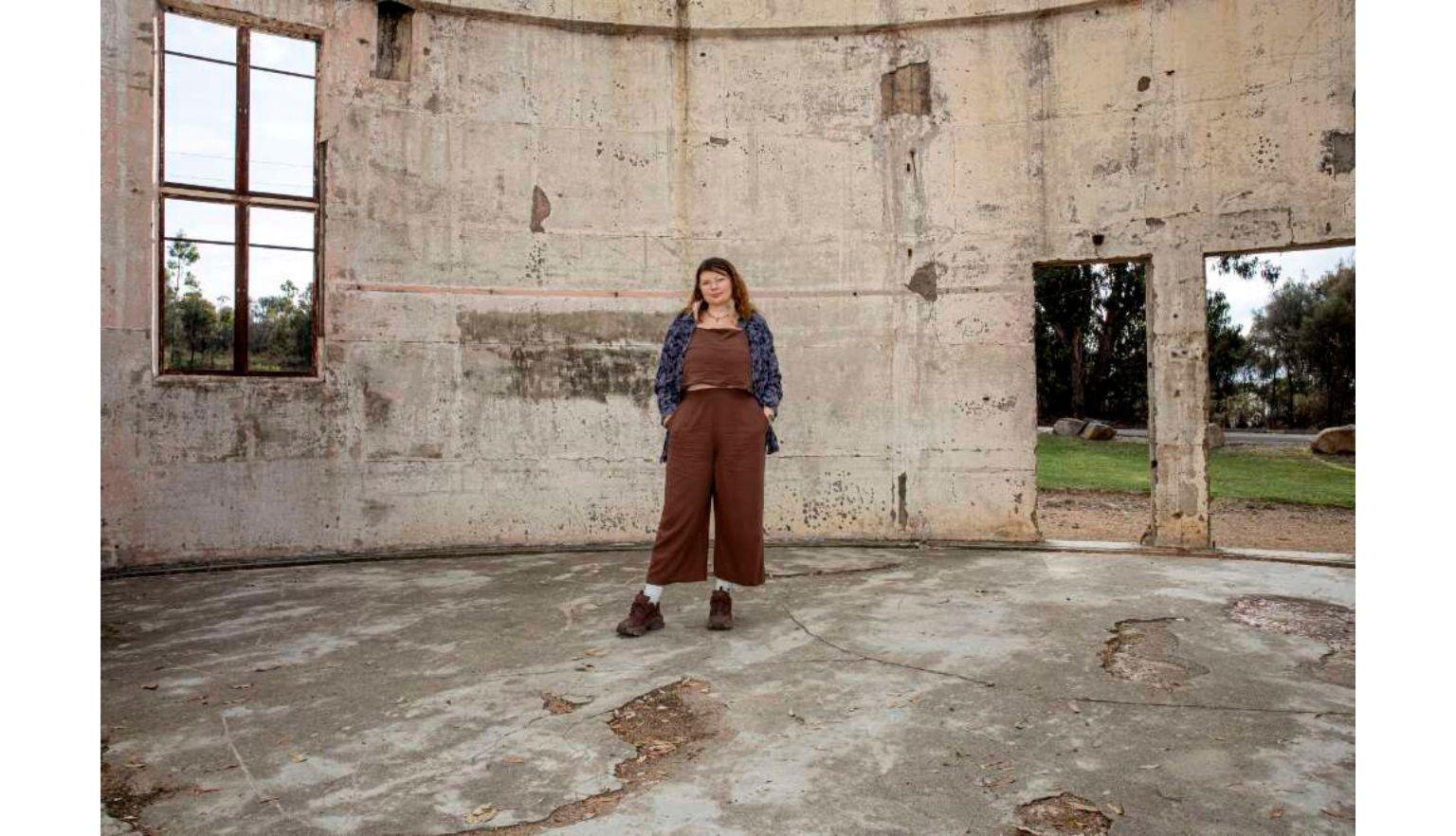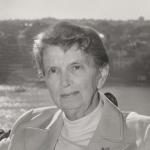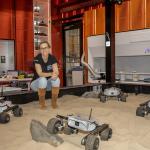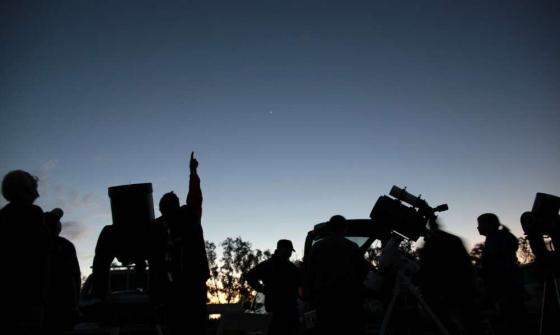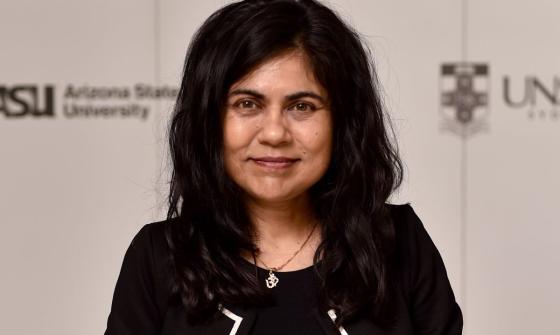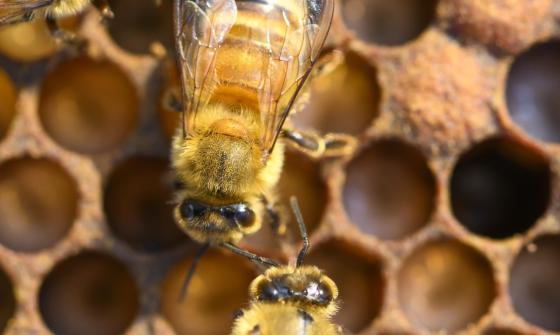Celebrating women in STEM
New collection material online reveals stories of Australia’s women scientists.
Dr Isobel Bennett
Dr Isobel Bennett had an unusual beginning to her scientific career. In 1932, in her early twenties, Bennett travelled on a P&O cruise to Norfolk Island with her sister. The pair became friends with a couple in the cabin next door, Professor William Daikin a scientist, and his wife who was also a science graduate. Professor Daikin offered Isobel a casual research job which ultimately transformed into a significant decades long career in science. Bennett is best known for her groundbreaking Great Barrier Reef research. She was also one of the first four women to undertake research on the sub-Antarctic Macquarie Island.
We hold the Papers of Isobel Bennett, which will be digitised thanks to the generous donors of the 2025 Tax Time Appeal. You can also listen to a first-hand account of her experiences in this digitised oral history.
So, we were the first four women who were permitted to go on one of the Danish Polar ships. We went in the Magga Dan in 1959 and we were just there for the changeover period. We were able to do quite a lot of work. After all, we had 6 days of absolutely perfect weather which was unheard of and we were told by the men down there we had the only 6 days of sunshine they’d had all year. We were able to get quite a lot of work done. Of course, Everything was completely new and we had to collect all the different things because we didn’t even know all the animals we were dealing with.
WiSENet journals online
Isobel Bennett’s story is one of many profiled in the recently digitised Women in Science Enquiry Network (WiSENeT) journals. The journals have been digitised thanks to the generous support of the Friends of the Library. Issues from 1984 to 1990 and 1990 to 2000 are now available to view on Trove.
Many Australian women have had successful careers in science and STEM more broadly, but the path to those careers has historically been challenging for women and their contributions have not always been recognized.
In a 1990 article in WiSENet, Irene Irvine reflected:
Many people, including many scientists, are more familiar with the work of chemists who are male rather than female, with the possible exception of Marie Curie. Furthermore, popular wisdom has it that few women made any contribution to science and that what women have provided has been of limited value. Yet nothing could be further from the truth!
The Women in Science Enquiry Network was formed in 1984 to ‘give women a fairer share in the responsibilities and benefits of scientific and technological change; and to help direct such change in more beneficial ways'. In the pages of the journal, the group examined science issues and policy, the barriers women faced to becoming scientists, strategised ways to improve access for all and highlighted the work of women already in the field. The profiles of women scientists are among the highlights of the journal and a valuable record of the active and valuable contributions Australian women have made to science over time.
Australian Women in Space
We have also undertaken projects to record the stories of Australian women in STEM. The Australian Women in Space project is a recent example. This project photographed and recorded oral histories with some of the Australian women working in the space industry. One of these women, Dr Sarah Cannard, holds a PhD in Aerospace Engineering. Among her contributions to the field, she led the team who designed Australia’s first ever lunar rover, Roo-ver, in partnership with the Australian Space Agency and NASA.
Speaking on the significance of this work she explained:
One of the first steps to have a sustained human presence on another planet is that we need to be able to generate oxygen for breathing, water for drinking, for growing plants, for habitat atmospheres and those sorts of things. And it’s too expensive to take, because it’s just too bulky and big and it’s just not feasible...The rover’s going to go to the moon with a NASA science facility on the same launch. And that NASA science facility is going to try and extract oxygen from the soil. But in order to do that it needs soil delivered to it. So Australia’s agreed to provide a 20 kilo rover to the moon that’s going to be on the same lander and it’s going to go out and collect soil and bring it back for the oxygen extraction. And if we can demonstrate that we can extract oxygen in situ, so from the soil that’s on the moon, it’s the first step of demonstrating we can have a sustained human presence on the lunar surface.
Inspiring future generations
From undertaking scientific research on the Great Barrier Reef and Antarctica to working as part of an international space exploration team, Australian women in STEM have made important contributions to world scientific knowledge. Stories of women like Dr Isobel Bennett, Dr Sarah Cannard and the many female scientists profiled in the pages of the WiSENet journals, could inspire future generations of girls and women who might begin to see their own place in this rich lineage of women in STEM.
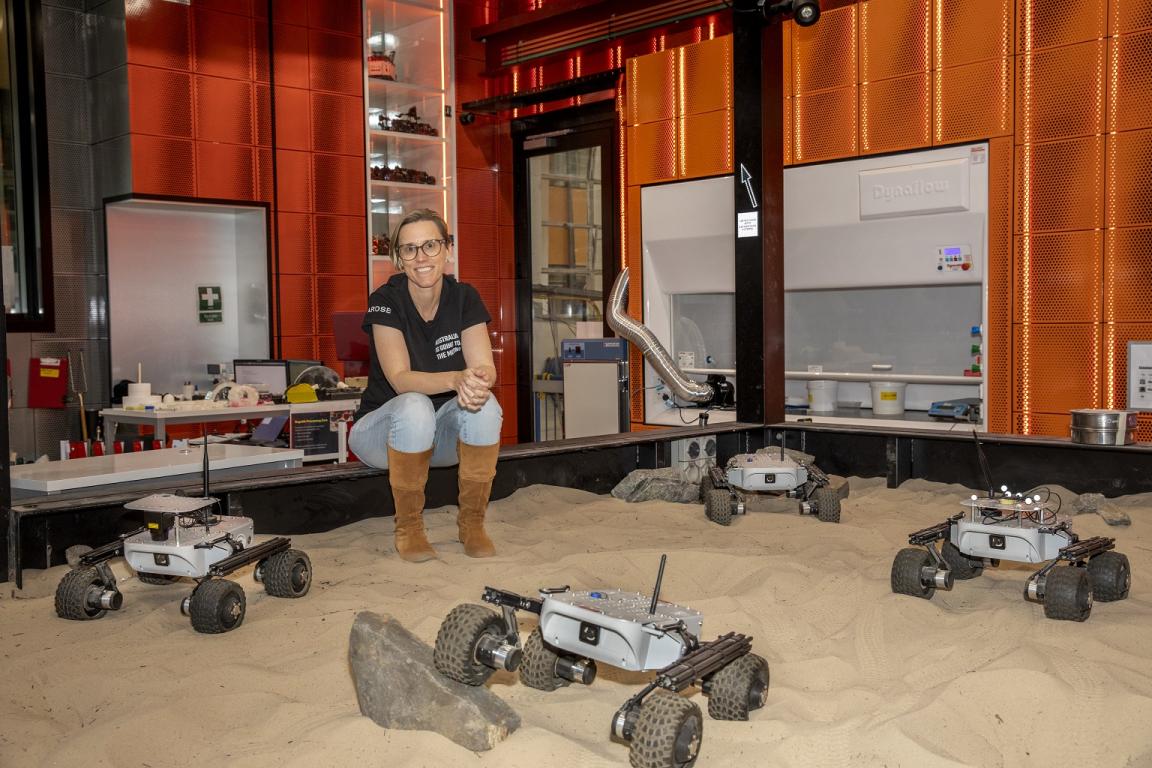
Louise Whelan, Portrait of Dr Sarah Cannard in the Rover testing pit at The Extraterrestrial Environmental Simulation (EXTERRES) laboratory, Adelaide, South Australia, 1 May 2024, nla.gov.au/nla.obj-3343985933
Louise Whelan, Portrait of Dr Sarah Cannard in the Rover testing pit at The Extraterrestrial Environmental Simulation (EXTERRES) laboratory, Adelaide, South Australia, 1 May 2024, nla.gov.au/nla.obj-3343985933
As Dr Cannard says...
You are what you can see. I want to be able to show women girls...This is what a female engineer looks like. I’m just a normal person. You know the image of thick glasses, white lab coat, all that stuff is just not realistic. I feel obliged to put myself out there to show girls what it’s like to be a female engineer and the change that you can make and the fun that you can have and the amazing career you can have in that area.
